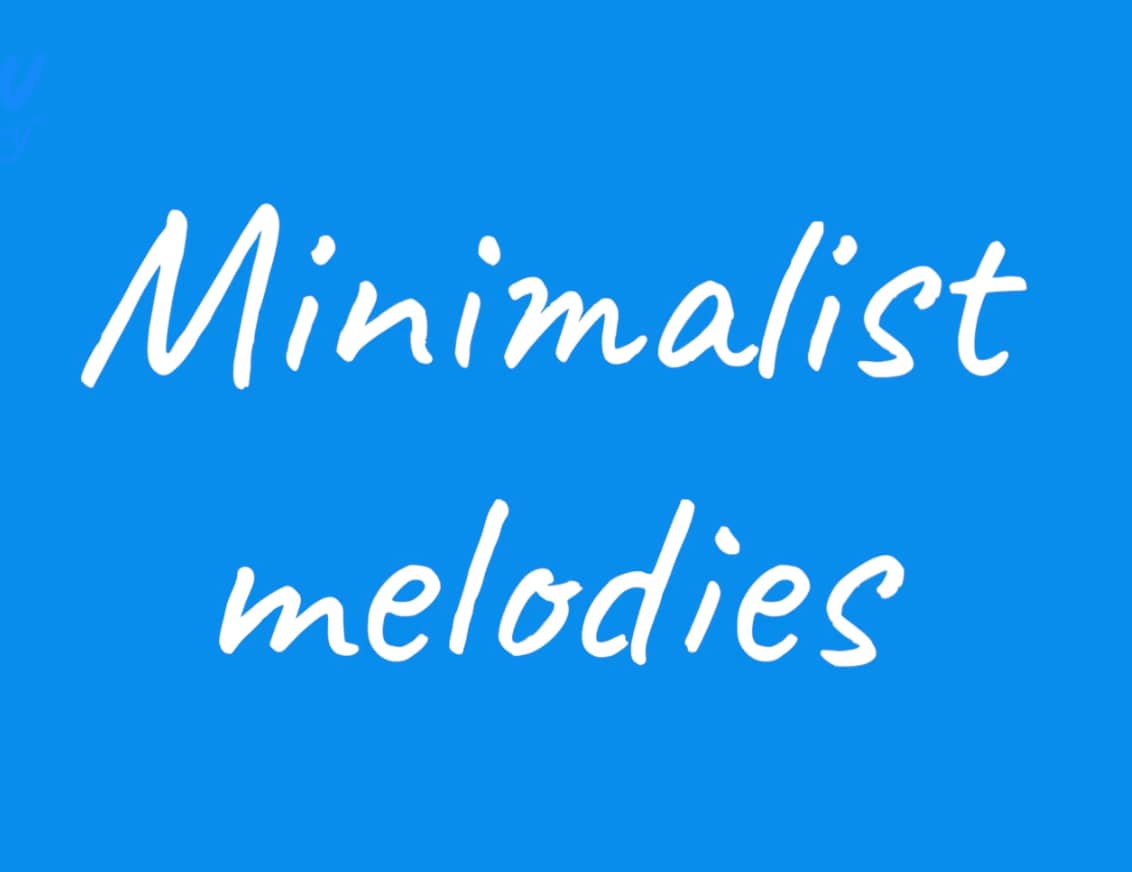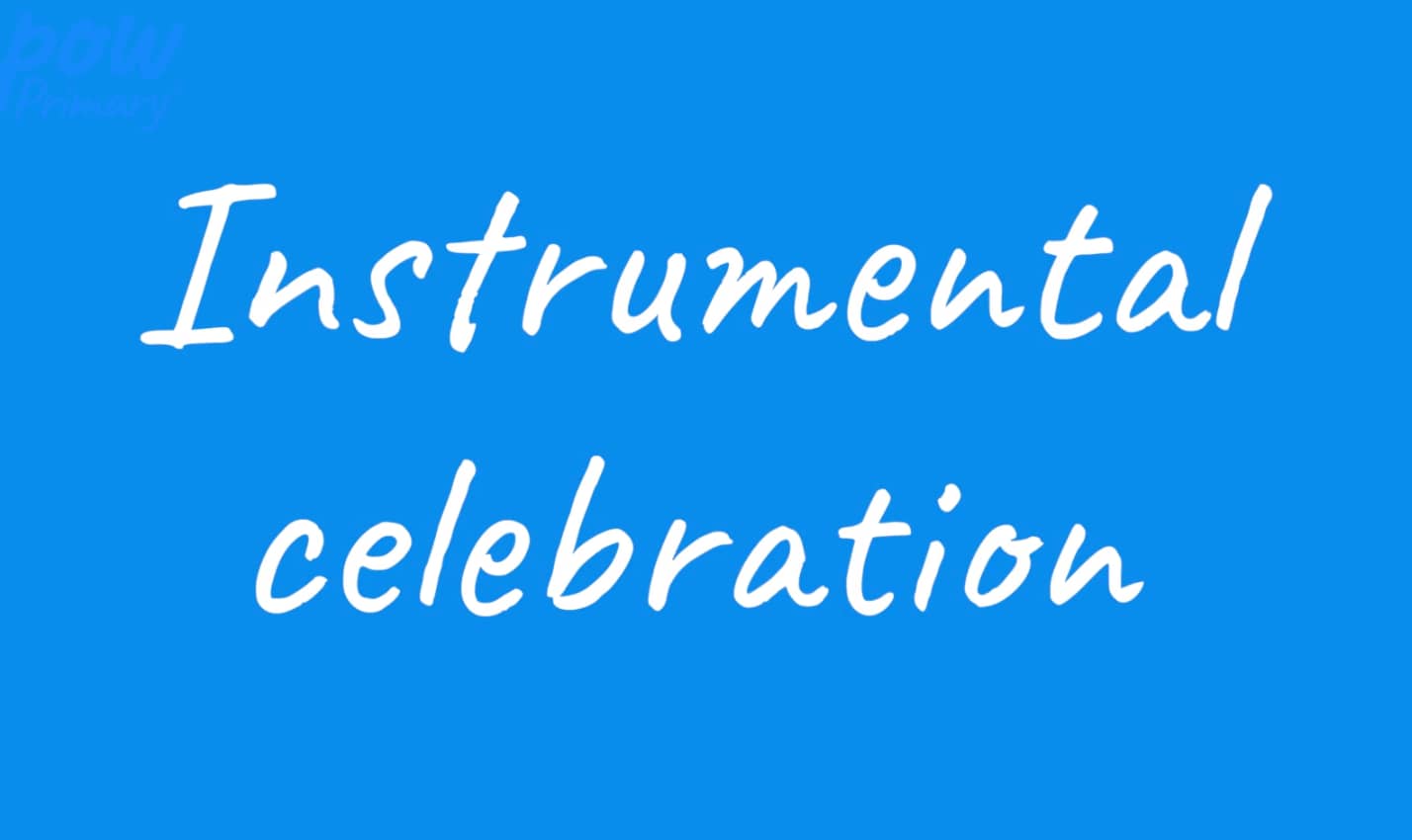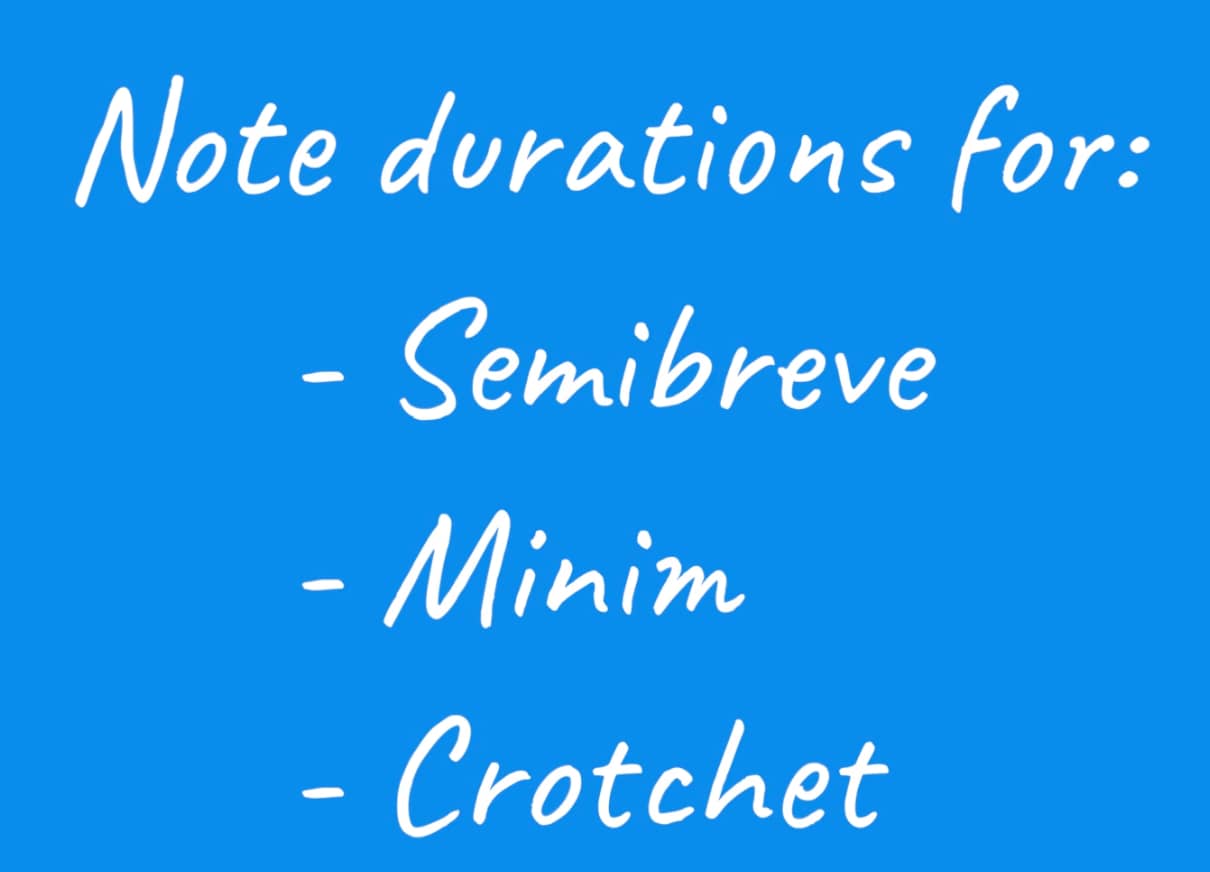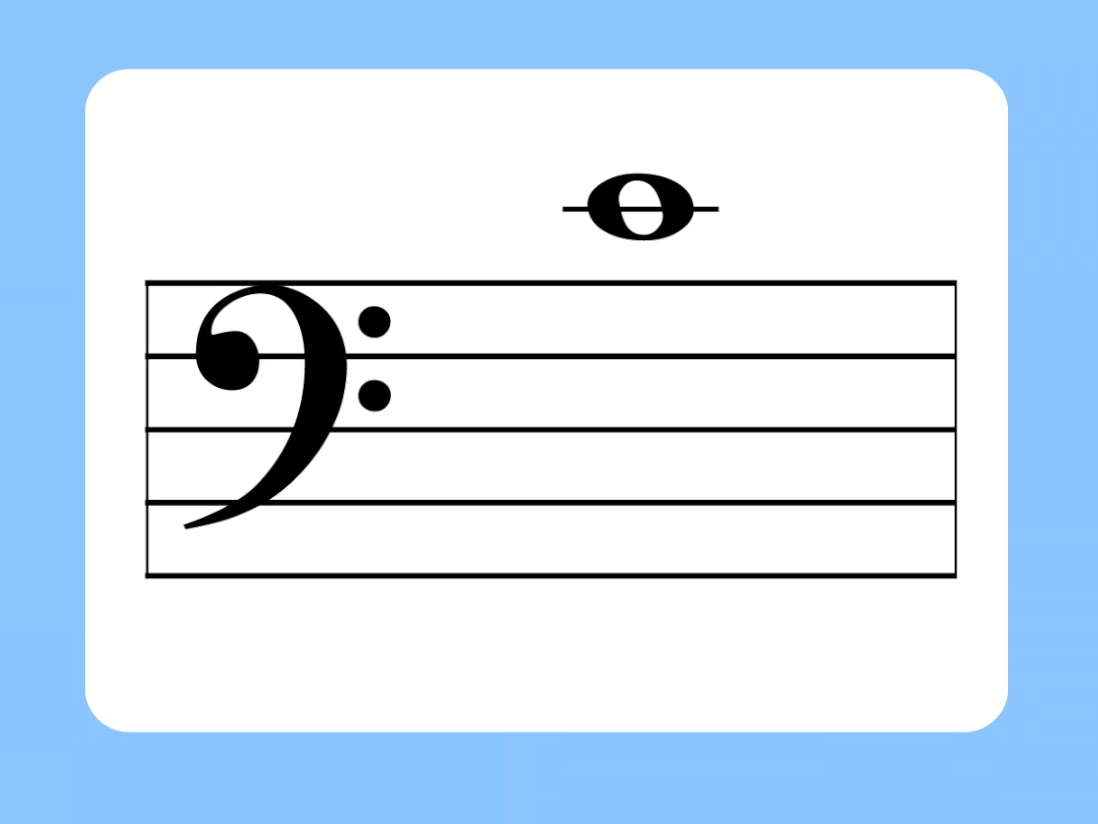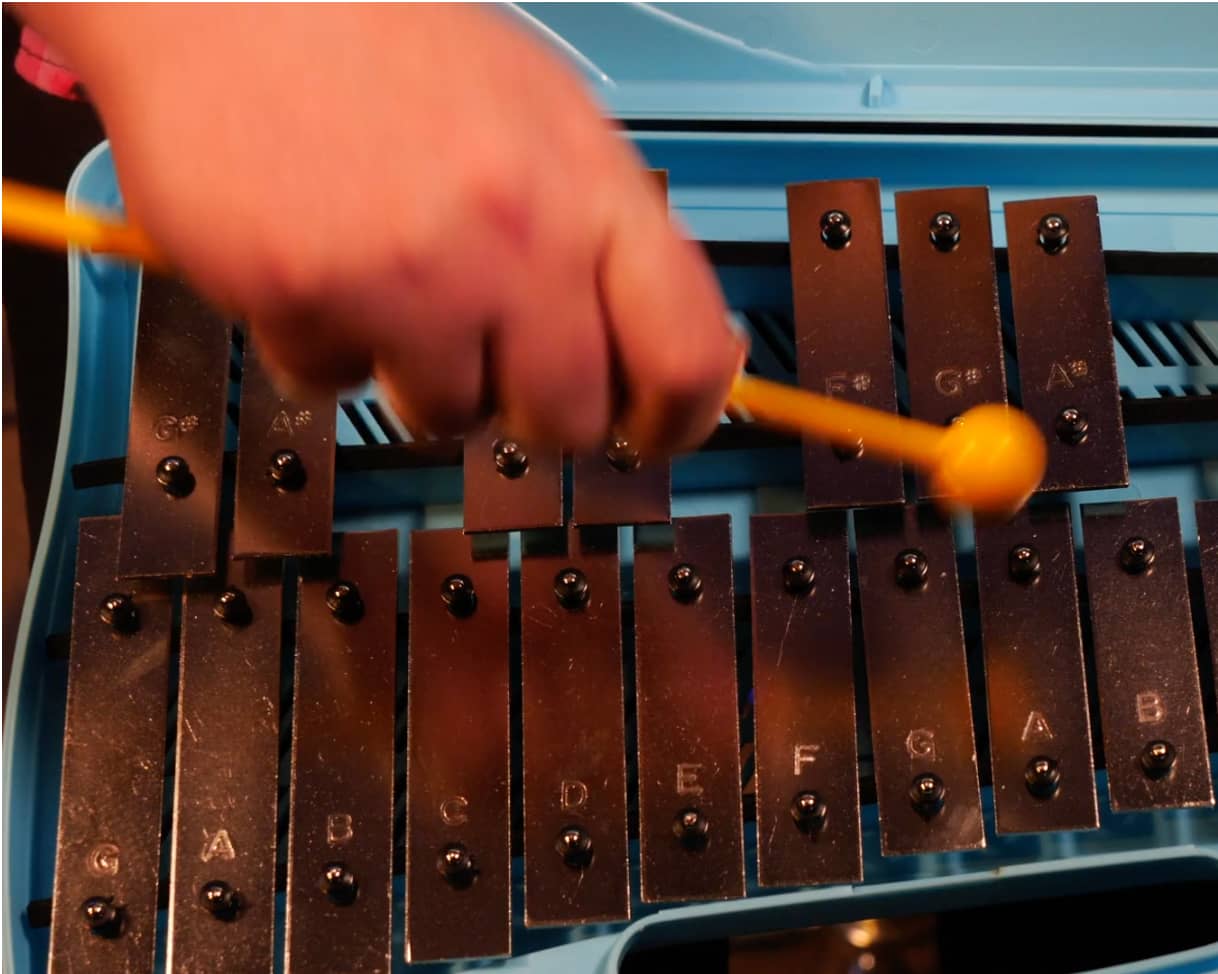This Music video introduces teachers to the first lesson in our North American minimalism unit. Pupils are introduced to the key features of minimalist music, including ostinato, layered textures, interlocking rhythms, and simple harmonies. Through guided listening, discussion, and singing, the class will begin to understand how minimalism sounds in practice, building the skills to recognise and perform these features.
year: Year 6
Teacher video: Interlocking patterns
This Music video introduces teachers to the work of minimalist composer Philip Glass and shows how his style connects with the tuned percussion piece in this unit. Pupils explore links between minimalism, Gamelan, and Bollywood film music, recognising features such as ostinato, layered textures, and simple harmonies. Listening tasks and guided discussions help children identify these elements and compare Glass’s music with other traditions they have studied.
Teacher video: Minimalist melodies
This Music video introduces teachers to minimalist composer Steve Reich and shows how his work connects with the tuned percussion piece Interlocking patterns. The lesson builds directly on the previous session, guiding pupils to identify Reich’s influence on the music they are learning and to experience how overlapping and shifting patterns create minimalist textures.
Teacher video: Instrumental celebration
This Music video introduces teachers to the final lesson of the Key stage 2 instrumental scheme, designed as a celebration of everything pupils have learned. The session recaps all of the pieces, places, and musical styles studied throughout the scheme before pupils perform each piece one last time. Teachers are encouraged to video these performances to share and review during the Wrap up.
Teacher skills video: What is staff notation?
This Music video introduces teachers to staff notation and how it is laid out. It explains how notes are positioned on the five-line stave to show pitch, introduces the treble and bass clefs, and demonstrates how bars, bar lines, and time signatures organise music into regular units.
Teacher skills video: Rhythm and note duration
This Music video introduces teachers to how rhythm and note duration are written using staff notation. It explains the different note values, from semibreves to semiquavers, and shows how rests, dots, and bar structures indicate silence, extended notes, and how rhythms are mathematically organised within a time signature.
Teacher skills video: Pitch and clef
This Music video introduces teachers to how pitch is represented on staff notation. It explains how notes are positioned on the lines and spaces of the stave, how the treble clef is used in primary music teaching, and how ledger lines extend the range of available pitches.
Teacher skills video: Performance directions
This Music video introduces teachers to how dynamics, articulation, tempo, and structure are shown on staff notation. It explores the use of symbols and markings such as dynamics from pianissimo to fortissimo, articulation with staccato dots and slurs, tempo markings like largo or presto, and structural devices including repeat signs, first and second time bars, and double bar lines.
Teacher skills video: Tuned percussion
This Music video introduces teachers to the correct playing technique for tuned percussion, such as glockenspiels, chime bars, xylophones, or even marimbas. It highlights common mistakes pupils often make, including holding the beater like a pencil or resting it on the bar, and shows how to correct these to achieve the best sound.



